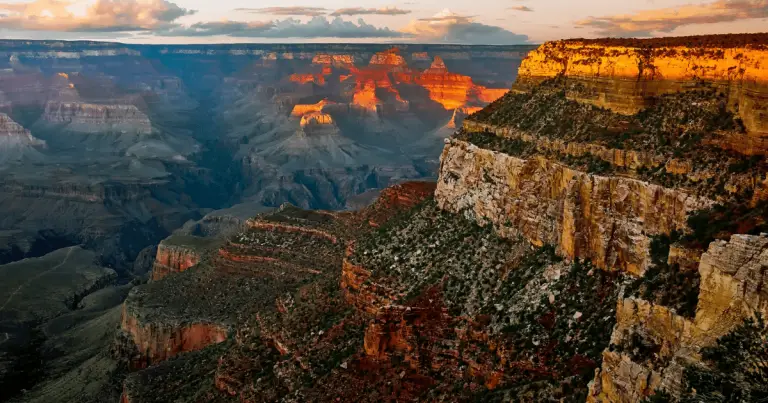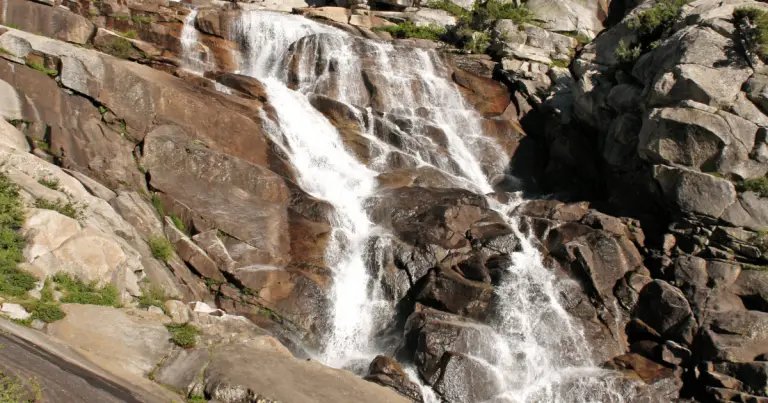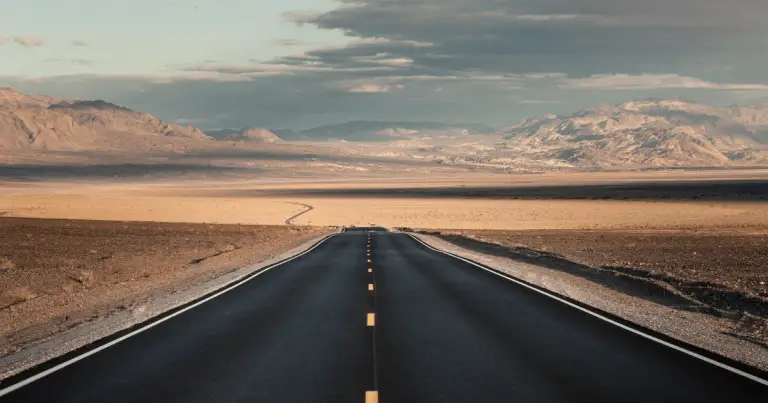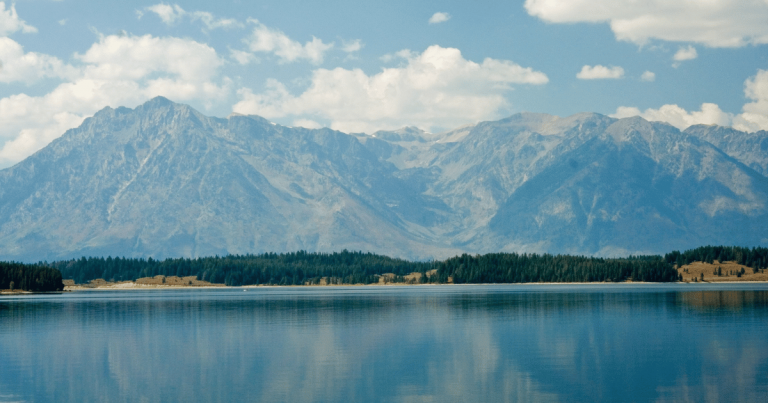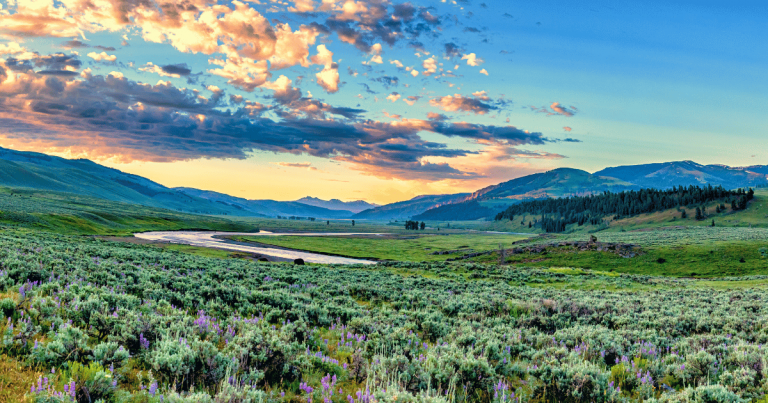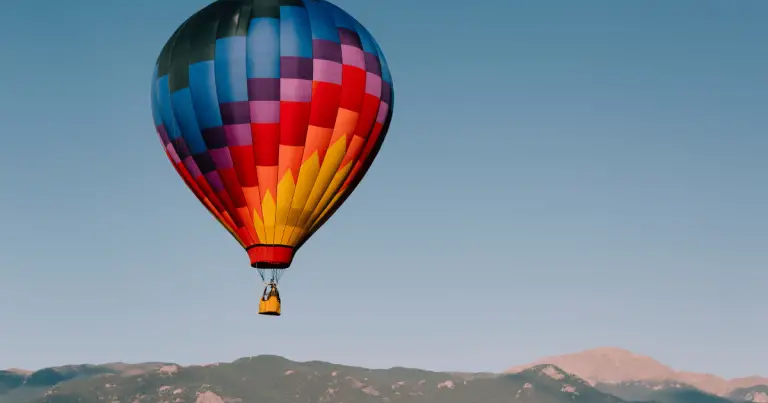Osprey Falls Trail: A Hike to Yellowstone’s Hidden Gem
Montana is a must-visit destination for adventurers and outdoor enthusiasts due to its stunning natural wonders. One of the top attractions for hikers and nature lovers is the Osprey Falls Trail, situated in the northeastern part of Yellowstone National Park.
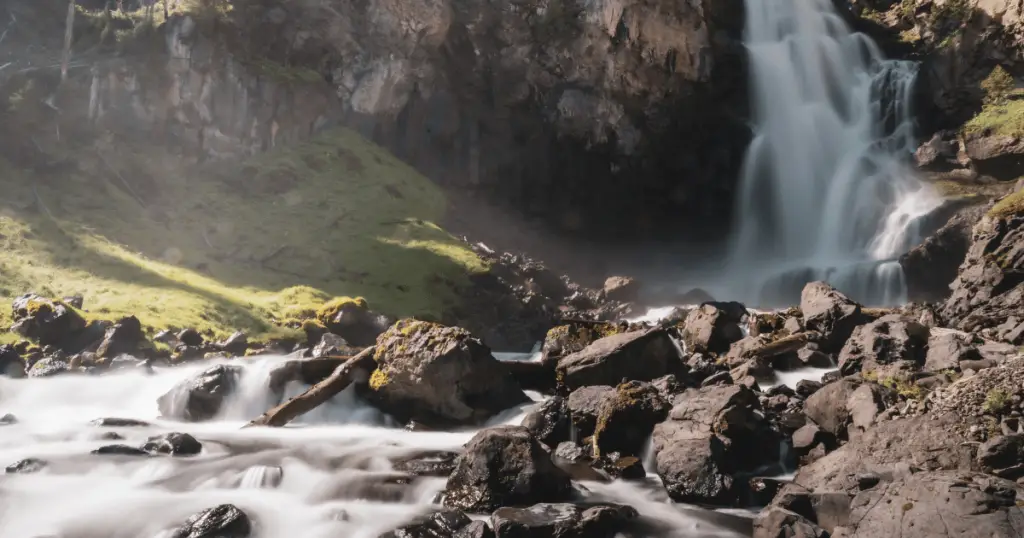
This hidden gem offers a picturesque hiking experience through verdant meadows, towering pine trees, and a stunning waterfall that will leave you awe-struck.
Osprey Falls TrailOverview
The Osprey Falls Trail is in the northern part of Yellowstone National Park, known for its lush forestry and abundant wildlife. This trail spans approximately 8 miles round trip, categorizing it as moderately complex.
Despite its challenge, the trail’s length and terrain offer an immersive experience of Yellowstone’s unique ecosystem. Hikers can look forward to the park’s scenic beauty through various seasons.
However, it is essential to note that the trail’s accessibility can be affected by seasonal changes. During spring and early summer, the path is often speckled with wildflowers, but caution is advised due to swift snowmelt.
The trail is most navigable and frequented during late summer and early fall. Winter brings colder temperatures and heavy snowfall, making the course less accessible for general hikers.
The Trailhead Details
The trailhead for Osprey Falls Trail is located near Bunsen Peak. To get there, drive 4.5 miles south of Mammoth Hot Springs, and you will find a pullout for parking on the right side of the road. Although parking is available, it is limited, so consider arriving early to secure a spot.
The trail begins at an elevation of approximately 6,500 feet. From the starting point, the path descends into Sheepeater Canyon, offering an initial downhill trek. However, remember that the return trip will be a strenuous uphill hike.
Before you start the hike, ensure that you are adequately prepared. Carry plenty of water, trail snacks, and sun protection, as the hike can be lengthy, and certain sections of the trail are exposed. Dress in layers to accommodate changes in temperature and weather. Hiking boots are recommended as the trail involves rocky terrain and steep sections. Always keep a trail map handy for navigation.
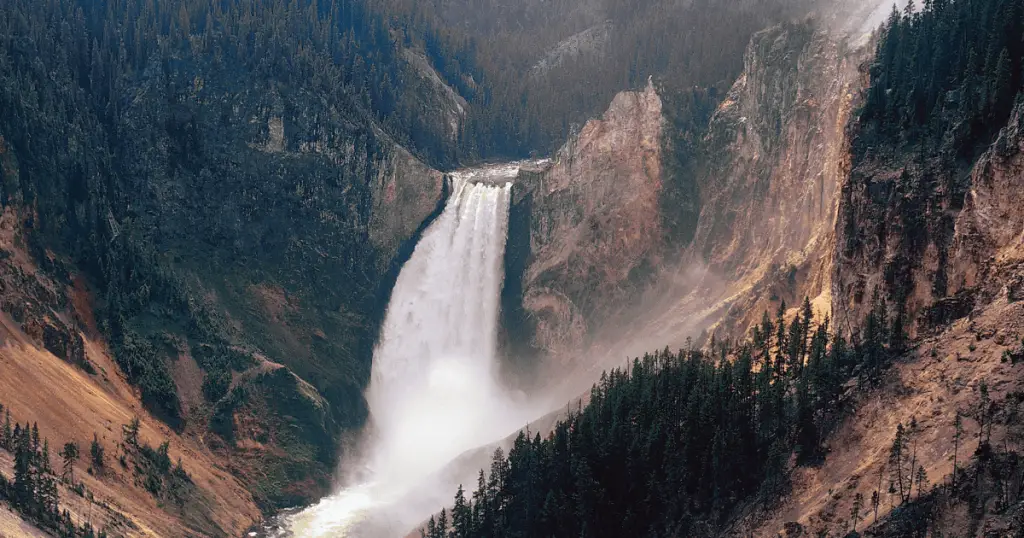
Hiking Through the Wilderness: Exploration of the Osprey Falls Trail
As you embark on the Osprey Falls Trail, you will immerse yourself in a captivating journey through Yellowstone’s wildlife. The trail winds through an enchanting forest, the floor carpeted with pine needles, and the air scented with the heady aroma of wildflowers.
Dense stands of lodgepole pines and Douglas firs tower above you provide a welcome canopy of shade in the summer months. The occasional rustling of wildlife punctuates the tranquility of the forest, and birds chirping, enhancing the feeling of being one with nature.
The trail crosses a couple of streams, and the sound of the gently babbling water adds to the overall serenity. The streams are easily crossed via rocks and logs, but waterproof boots are recommended, especially in the snowmelt season.
The Osprey Falls Trail is a tale of two halves, and elevation changes are a significant part of the narrative. The initial descent into Sheepeater Canyon is a gentle downhill journey, but don’t be fooled – climbing back up is strenuous and will test your endurance.
The trail drops nearly 700 feet, giving you breathtaking canyon views below. Remember, the Osprey Falls Trail is considered moderately difficult and is best suited for individuals of intermediate to advanced fitness levels.
Scenic Overlooks and Breathtaking Vistas
The Osprey Falls Trail offers an abundance of scenic overlooks and picturesque viewpoints, offering panoramic views of Yellowstone’s splendor. One of the most breathtaking vistas you’ll encounter is the view of the Yellowstone River.
The river winds its way through the stunning course of Sheepeater Canyon, carving a sinuous path amidst the rugged landscape. The overlook that provides this captivating vista is a delightful surprise after the initial descent.
The Yellowstone River, with its shimmering blue waters contrasting against the lush greenery and rocky terrain, makes a stellar photo opportunity. As you progress on the trail, you’ll find vantage points granting a sweeping view of Bunsen Peak and the Gallatin Range.
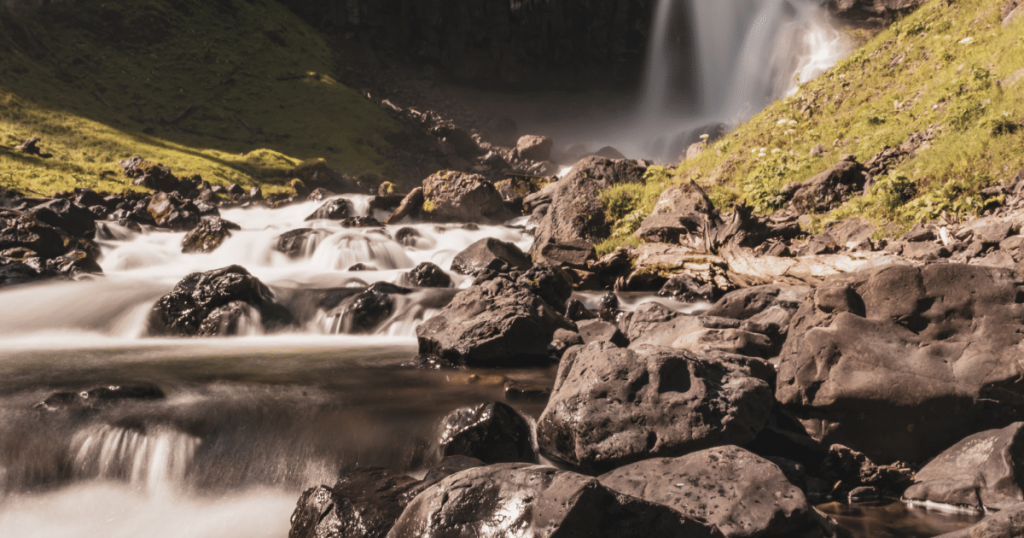
These scenic overlooks invite you to pause and appreciate the grandeur of nature, capturing the beauty of Yellowstone National Park. The vistas are especially spectacular during sunrise and sunset, with the golden light bathing the landscape in an enchanting glow.
To truly capture the beauty of these surroundings, carrying a camera or smartphone with a good camera function is recommended. A zoom lens can help capture distant details, and a wide-angle lens is ideal for panoramic shots of sweeping landscapes.
The Highlight of the Trail: Osprey Falls
Osprey Falls, the crown jewel of the trail, is a spectacle to behold. As you approach the waterfall, the crescendo of cascading water grows louder, the mist greets your skin, and the sight of the waterfall takes your breath away.
Osprey Falls drops majestically from about 150 feet, cascading in a single, sheer drop into the Sheepeater Canyon below. The waterfall’s vertical drop, coupled with the volume of water, creates a thunderous spectacle that is both visually and audibly impressive.
The waterfall’s distinct lack of stepping cascades differentiates it from other falls in the park, creating a unique sight that stands out amidst Yellowstone’s abundant waterfalls.
Geologically, Osprey Falls is intriguing. It plunges over an ancient lava flow, which has resisted the erosive forces of the Gardiner River. This volcanic rock, known as rhyolite, is visibly layered, a testament to multiple volcanic eruptions over the years.
The color of the stone can vary depending on the light, ranging from dark grey to a warm ochre, adding to the waterfall’s visual appeal. To fully enjoy the view of Osprey Falls, take your time. You can admire the waterfall in several spots, each providing a different perspective.
Make sure to venture to the bottom of the falls if you’re able, as the view of the falls is truly awe-inspiring. Safety is paramount, so be cautious around the slippery rocks and fast-moving water.
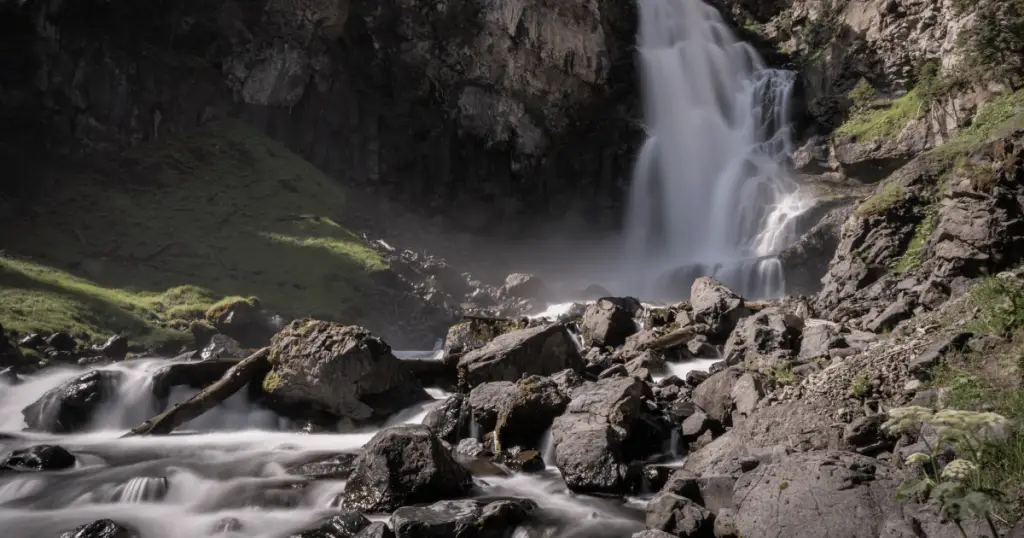
Photography enthusiasts will find Osprey Falls a dream location. The waterfall, framed by the lush greenery and rugged cliffs, offers numerous photo opportunities. Remember to adjust your settings to capture the movement of the water – a slower shutter speed can create a beautiful, silky effect.
Early morning and late afternoon provide the best light, casting a soft glow on the waterfall and minimizing harsh shadows. Don’t forget to take a few shots of the surrounding scenery as nicely, as these can complement your waterfall photos and create a stunning photo series.
Hiking Tips and Safety: Ensuring a successful Osprey Falls Trail Adventure
An unforgettable experience on the Osprey Falls Trail requires preparation, awareness, and respect for nature. It’s important to remember that trail conditions can vary considerably, depending on the time of year, recent weather, and ongoing natural processes.
Always check the latest trail reports before setting out for the most recent updates on trail conditions, closures, or other significant factors.
Weather can be unpredictable in Yellowstone National Park. While summer months are typically warm and dry, sudden rain showers or temperature drops are not uncommon. Therefore, dressing in layers is recommended to accommodate fluctuating weather conditions. Sunscreen and a hat are also essential to protect against the intense sun.
In addition, don’t forget to pack plenty of water and high-energy snacks to maintain hydration and energy levels. In terms of gear, sturdy hiking boots are a must, particularly for the steep climb back up from Osprey Falls.
Waterproof boots will serve you well when crossing streams, especially during the snowmelt season. A trekking pole can provide additional stability and support, particularly on the more challenging sections of the trail.
Safety is paramount when hiking in Yellowstone. Always stay on the designated trail, and avoid straying into unknown or unstable areas. The terrain, with steep drop-offs and slippery surfaces, can be rugged and unpredictable.
Make sure you have a map and compass and know how to use them. A well-stocked first-aid kit is essential, as is a whistle to signal for help in an emergency.
Bear awareness is crucial in Yellowstone. Both grizzly and black bears call the park home, and while encounters are rare, being prepared is vital. Make noise while hiking to avoid surprising a bear, carry bear spray and know how to use it, and maintain a safe distance if you spot a bear. Never approach a bear, and never attempt to feed one.
Conclusion: Osprey Falls Trail
An expedition to the Osprey Falls Trail is more than just a hike; it’s an opportunity to immerse oneself in the majestic beauty of Yellowstone National Park, witness the awe-inspiring spectacle of Osprey Falls, and appreciate the intricate dance of geology and ecology that characterizes this unique environment.
Remember to come prepared, stay safe, and follow the Leave No Trace principles; this will ensure a memorable experience for you and the preservation of this beautiful trail for future generations to enjoy.

